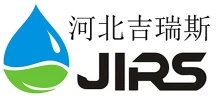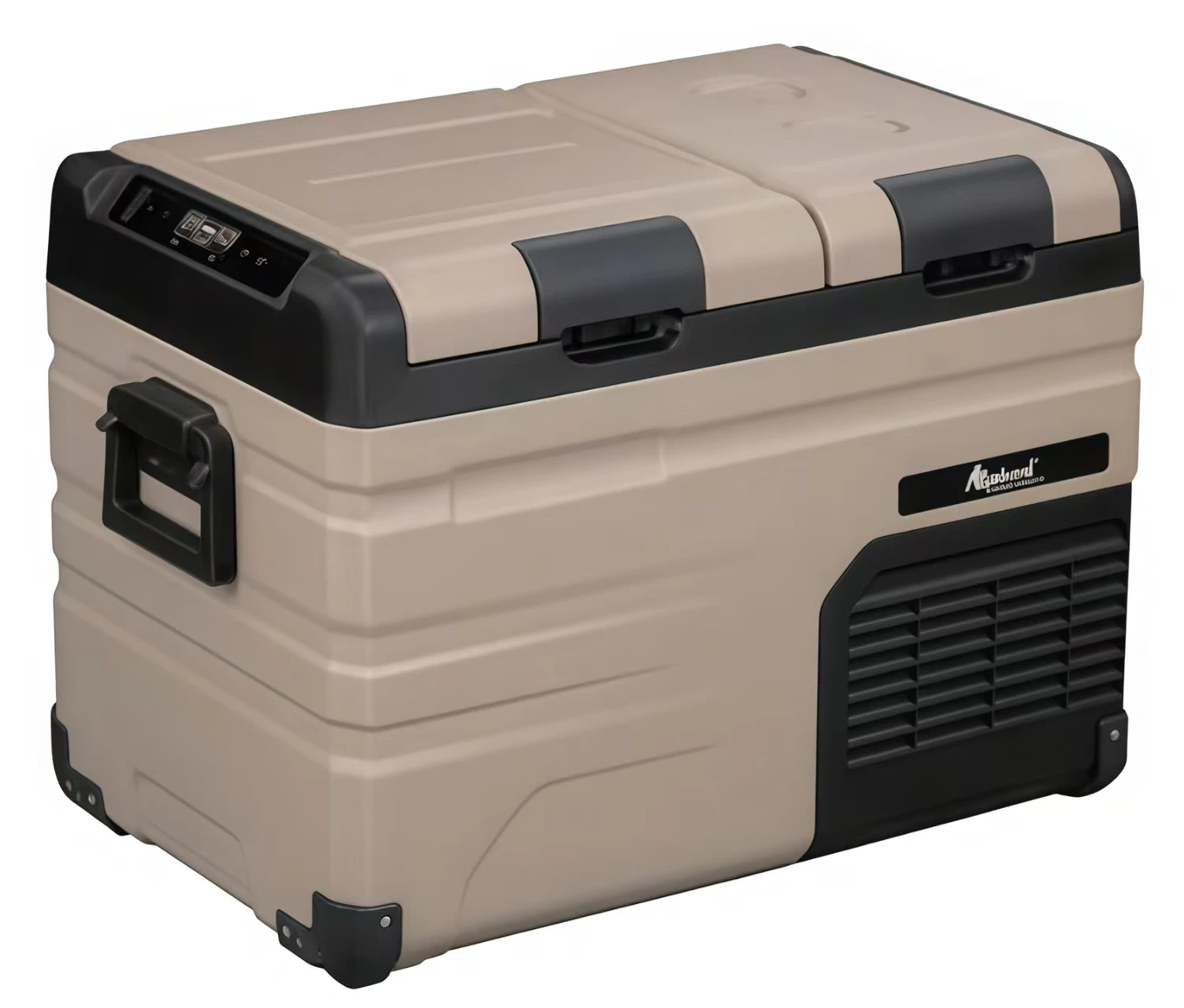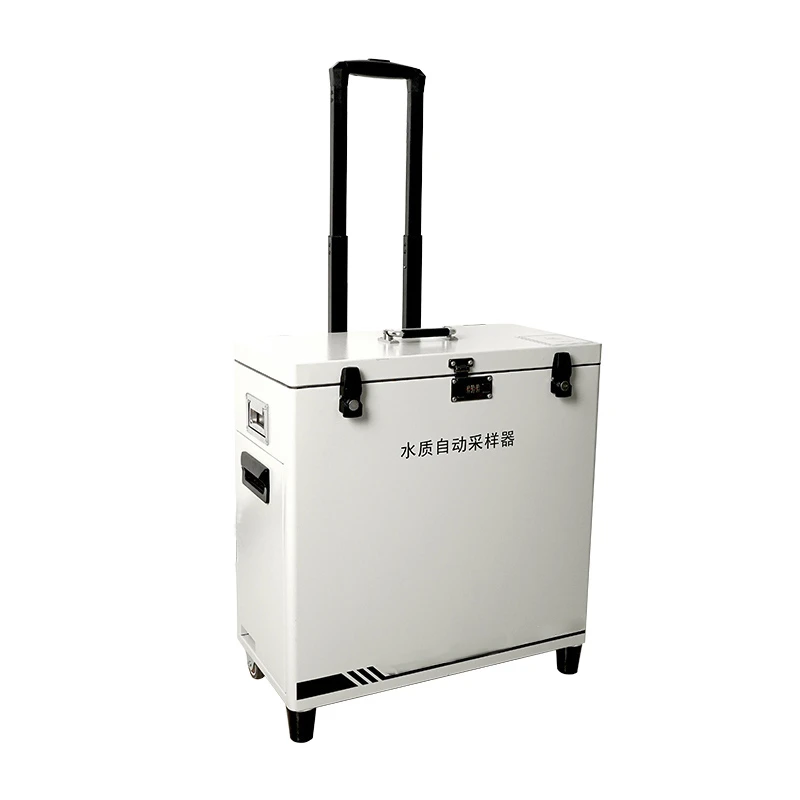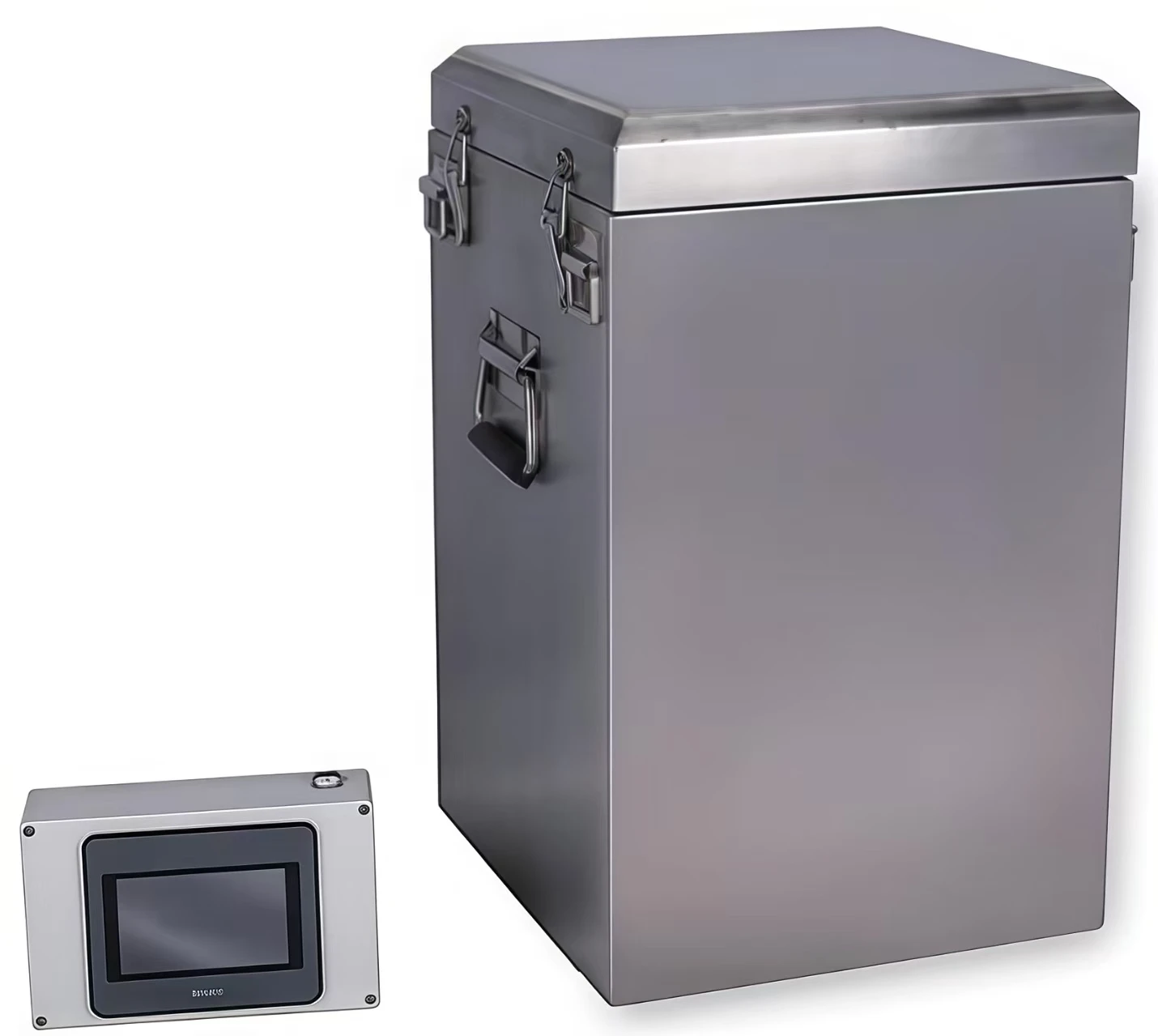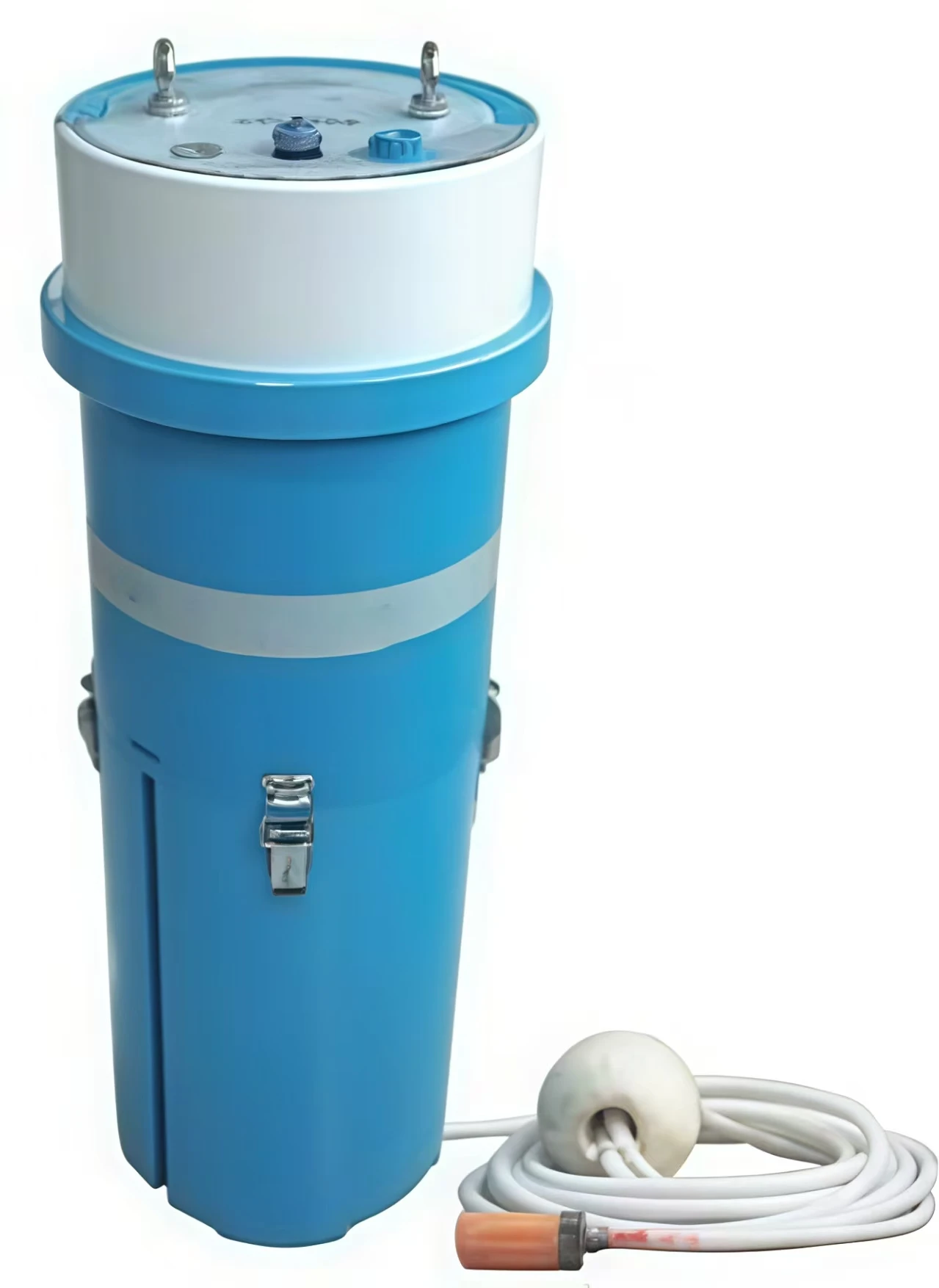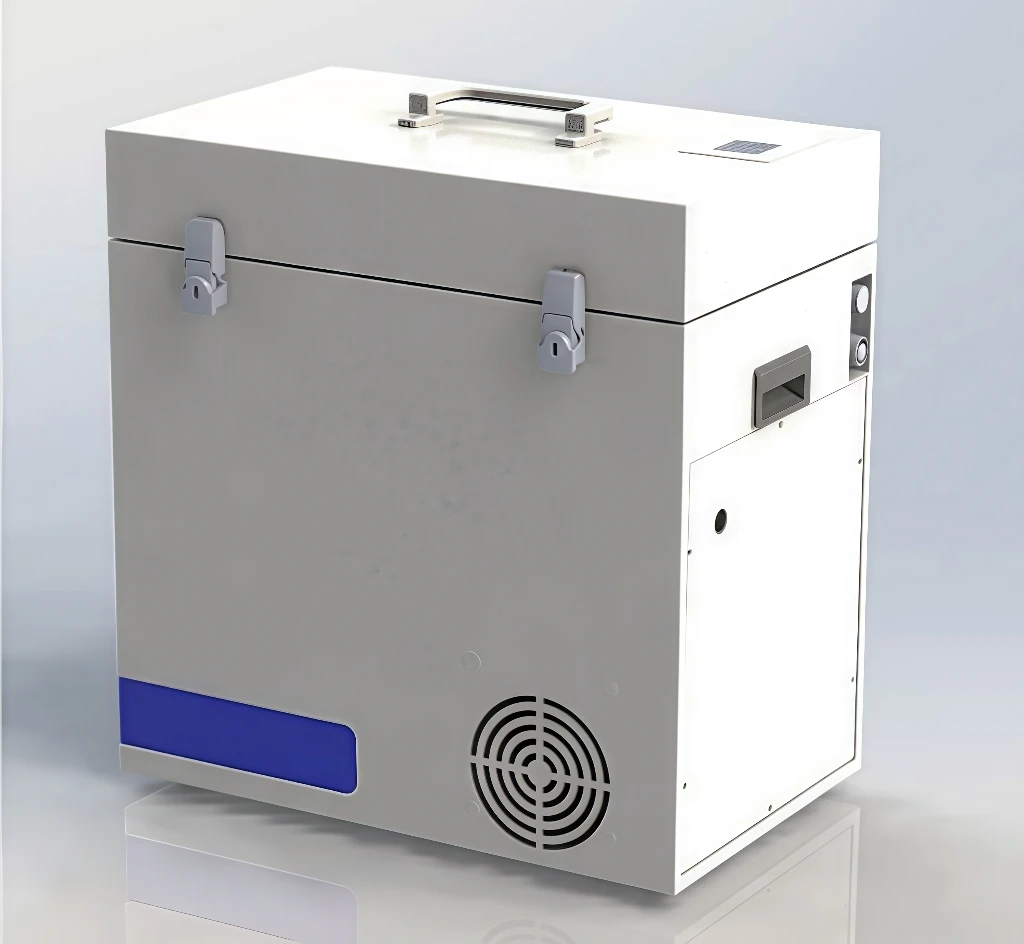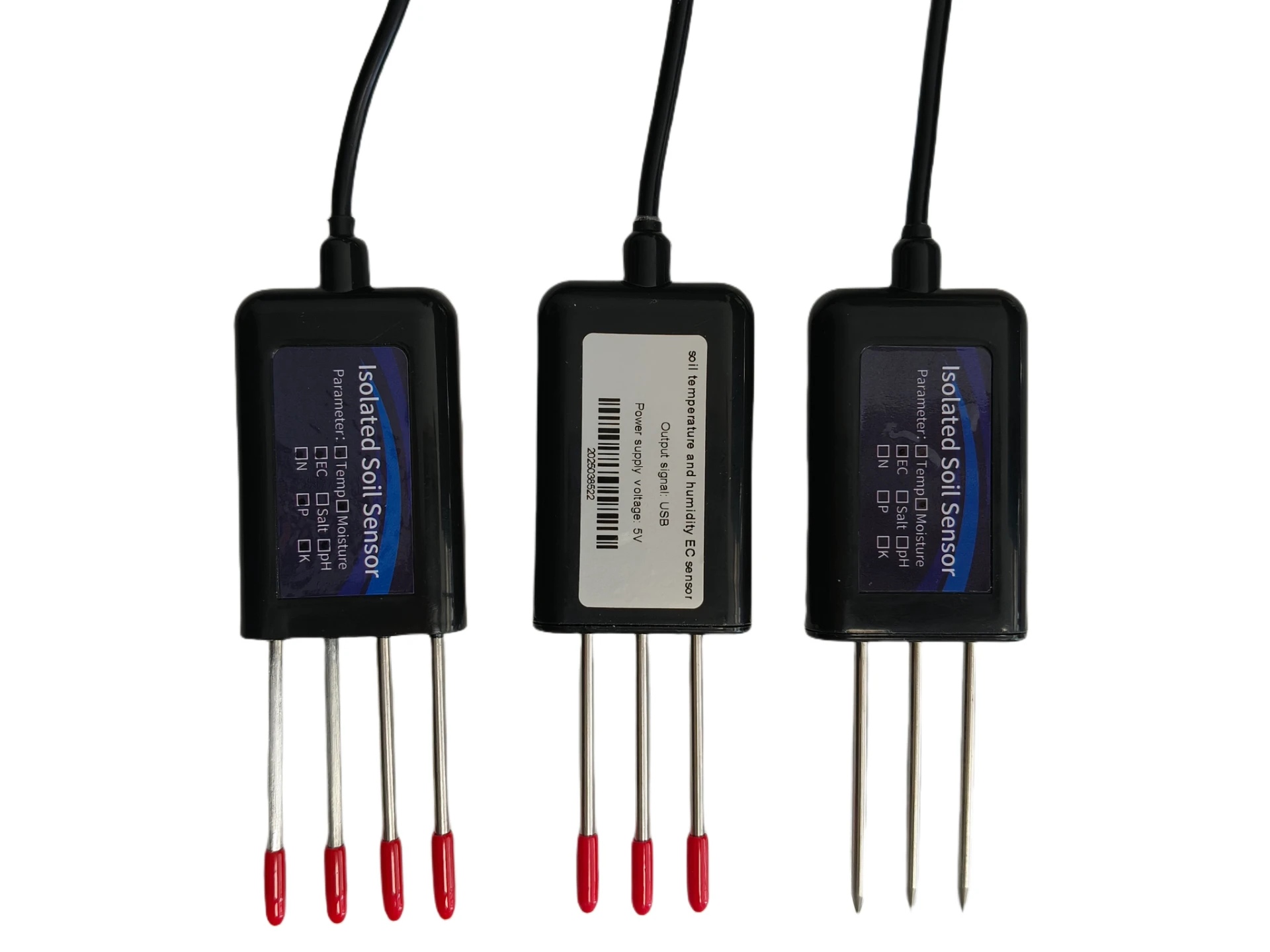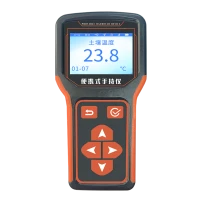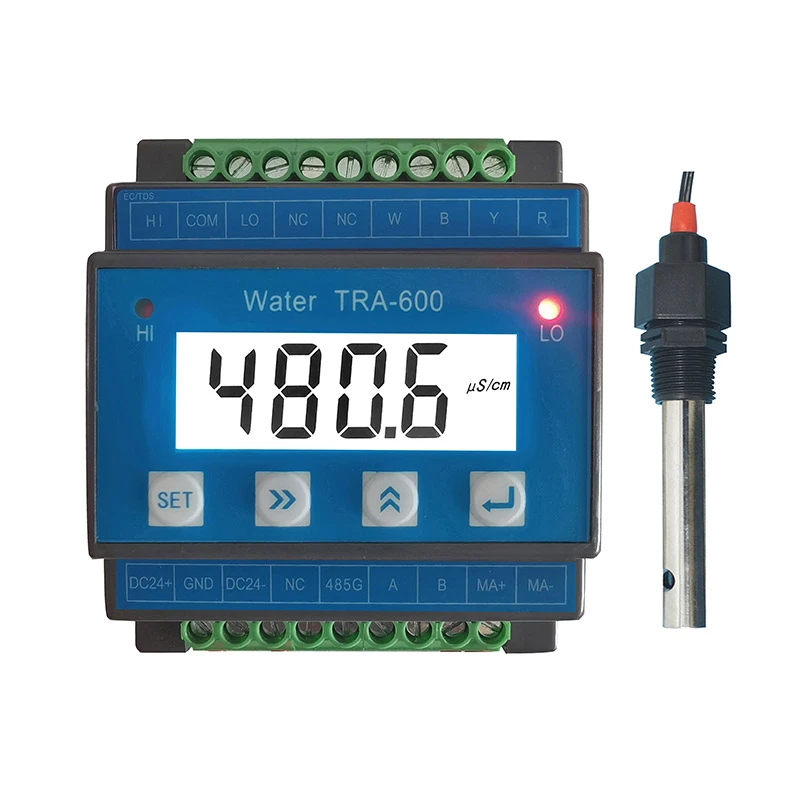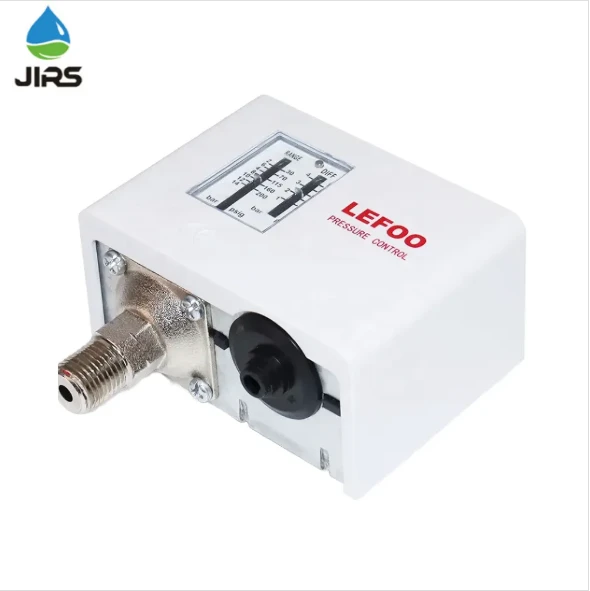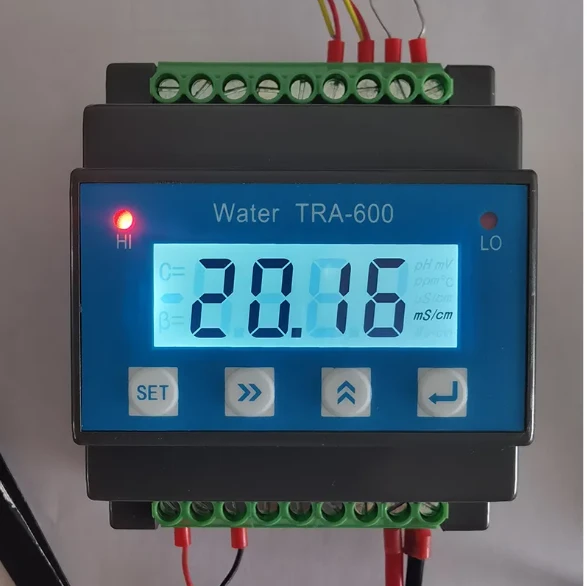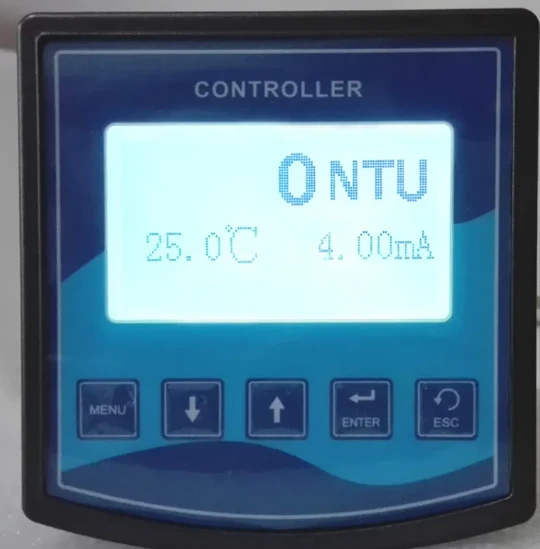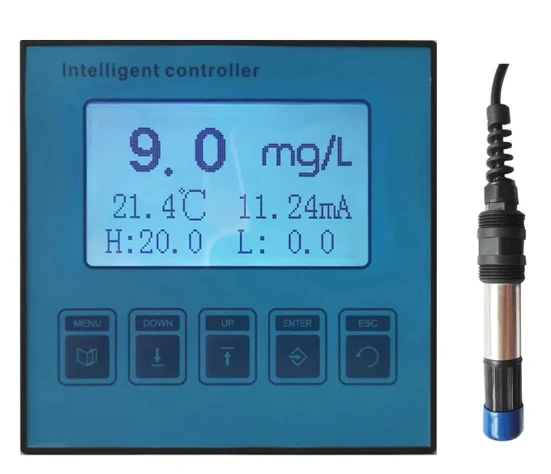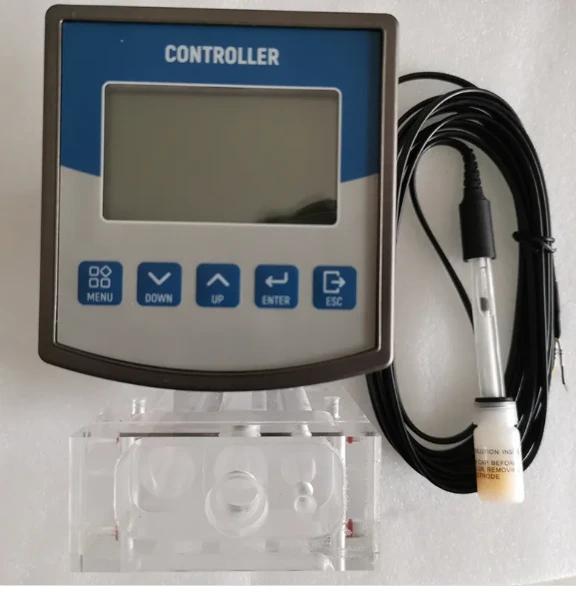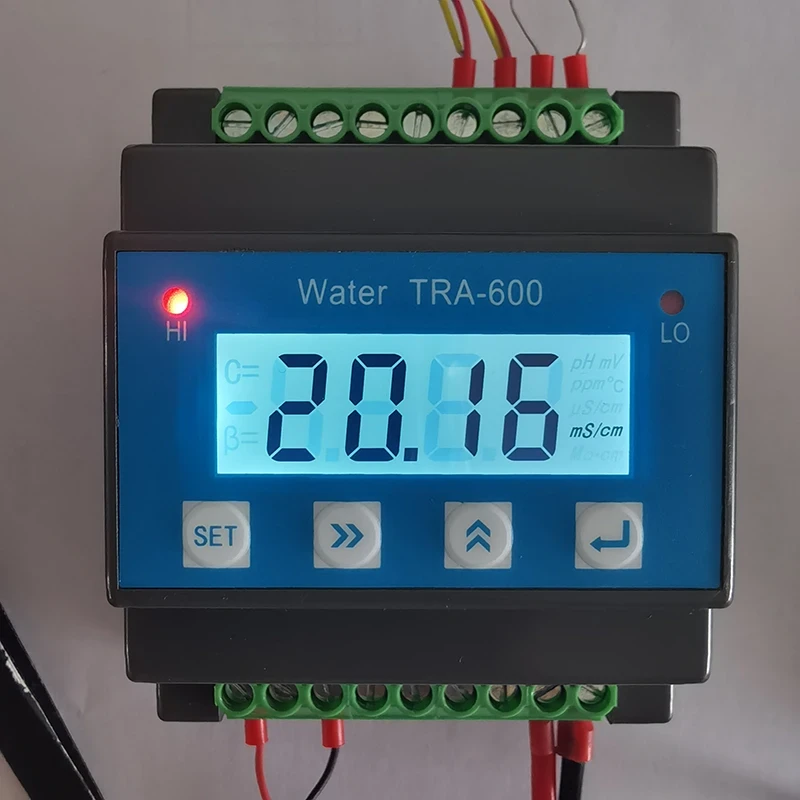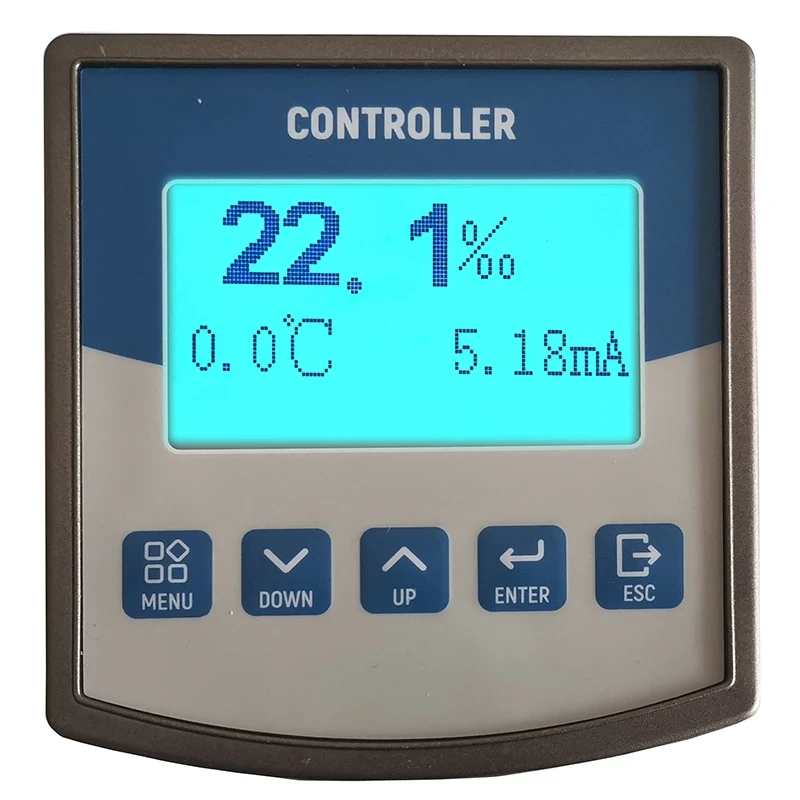Turbidity Test Fixtures: Advanced and Reliable Quality Assurance Tools
May . 22, 2025
Turbidity, as an important indicator for measuring liquid transparency, is widely used in environmental monitoring, food and beverage production, pharmaceutical industry, and other fields. Turbidity Test Apparatus, As a specialized instrument for measuring liquid turbidity, it has undergone several generations of development and has become an advanced and reliable quality assurance tool. This article will elaborate on the technological advancements of Turbidity Test Apparatus and its reliability in ensuring product quality.
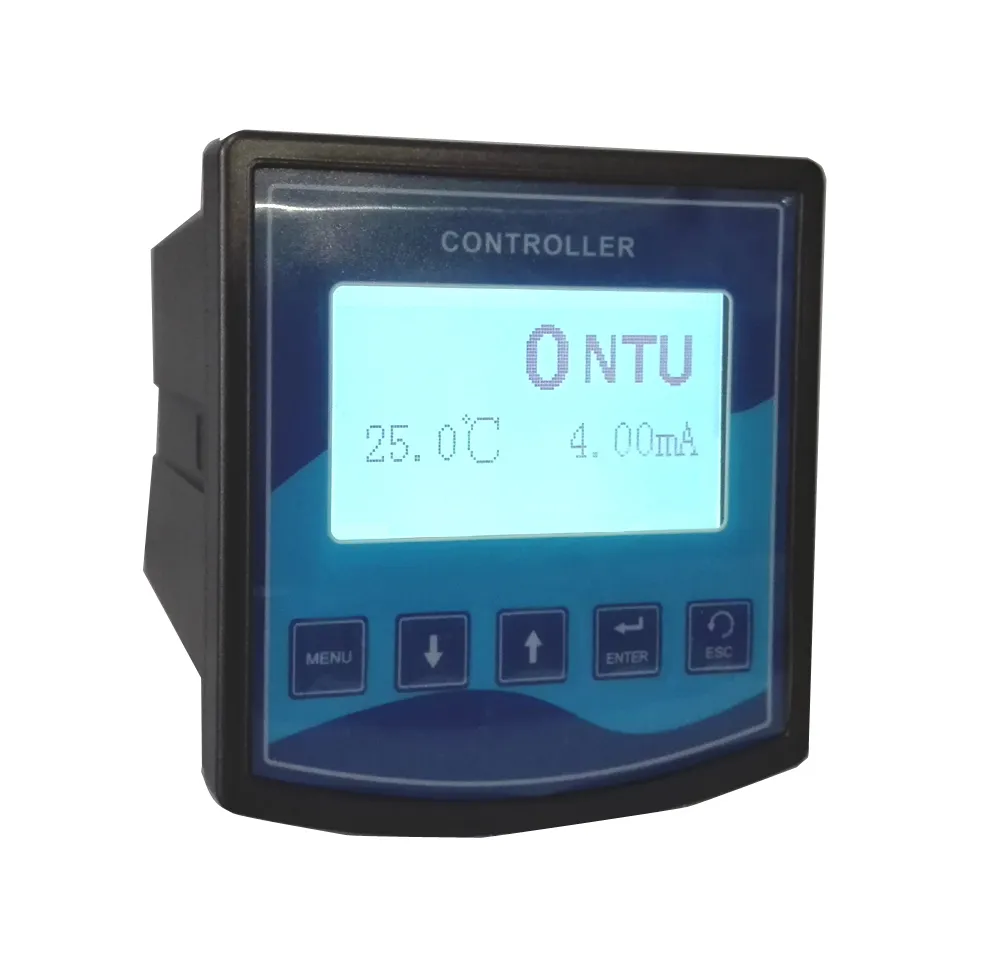
Modern Turbidity Test Fixtures have made significant technological advancements
Traditional turbidity test machine, such as the standard platinum cobalt colorimetric method, have strong subjectivity and large errors. Modern turbulence test machines mostly use optical principles to determine turbidity values by measuring the degree of light scattering or absorption in liquids. Some high-end instruments are even equipped with multi angle scattering light detectors, which can more accurately analyze the size, shape, and concentration of particles, providing more comprehensive turbidity information. In addition, the application of microprocessors and data processing technology makes the testing process automated, and data storage and analysis more convenient and efficient. The automatic calibration function reduces human operation errors, ensuring the accuracy and repeatability of measurement results. These technological advancements have greatly improved the measurement accuracy of Turbidity Test Fixtures, made operations more convenient, and greatly enhanced testing efficiency.
Turbidity Test Apparatus demonstrates its reliability in ensuring product quality
Turbidity is one of the important indicators for evaluating water quality in drinking water production. By using turbidity test meters, real-time monitoring of turbidity changes in raw and treated water can be achieved, ensuring that drinking water meets national standards and safeguarding people's health. In the food and beverage industry, Turbidity Test Apparatus can be used to control the clarity of products such as juice and beer, ensuring the appearance quality and taste of the products. In the pharmaceutical industry, Turbidity Test Apparatus can be used to monitor the clarity of drugs such as injections, to prevent impurities from contaminating the efficacy. By setting turbidity thresholds, companies can monitor the production process in real-time, identify and resolve potential quality issues in a timely manner, effectively control product quality, and reduce production costs.
To fully leverage the reliability of turbidity tester, the following points should also be noted.
Firstly, selecting the appropriate type of turbulence tester is crucial, and the appropriate instrument should be chosen based on the specific application scenario and measurement range. Secondly, regular calibration and maintenance of instruments should be carried out to ensure their accuracy and stability. Finally, strictly follow the operating procedures to avoid human error.
In summary, water turbidity sensor have become an indispensable tool in various industries due to their technological advancements and reliability in quality control. With the continuous development of technology, Turbidity Test Apparatus will move towards a more intelligent, automated, and portable direction, providing more accurate and efficient turbidity measurement solutions for various industries, and providing stronger guarantees for the continuous improvement of product quality.
Turbidity Test Apparatus FAQs
What is the working principle of Turbidity Test Fixtures?
The Turbidity Test Apparatus is mainly based on the principle of optical scattering, and calculates the turbidity value (unit: NTU, Nephelometric Turbidity Units) by measuring the degree of scattering or transmission of light by particles in water. Common measurement methods include:
90 ° scattering method (ISO 7027 standard): detects the intensity of scattered light at a 90 ° angle to the incident light, suitable for low turbidity water samples (040 NTU).
Transmission method: measures the degree of attenuation of light passing through a water sample, suitable for high turbidity water samples (>1000 NTU).
Ratio method (USEPA 180.1 standard): Combining scattered light and transmitted light data to improve measurement accuracy.
Why is Turbidity Test Apparatus necessary to monitor turbidity in drinking water and industrial water? What is the standard limit value?
Turbidity directly affects water quality safety and process efficiency:
Drinking water (WHO/EPA standard):
≤ 1 NTU (ideal value), ≤ 5 NTU (allowable limit).
High turbidity may mask pathogenic microorganisms (such as Cryptosporidium) and affect disinfection effectiveness.
Industrial water (such as pharmaceuticals, electronics):
Ultra pure water requires<0.1 NTU to prevent particle contamination of precision equipment.
Wastewater treatment discharge standards:
Usually requires<10 NTU (depending on regional regulations).
How to calibrate Turbidity Test Fixtures? How to choose calibration solution?
Calibration method:
Use standard turbidity solutions (such as Formazin or StablCal), with common concentrations including 0.02 NTU, 20 NTU, 100 NTU, and 800 NTU.
Perform multi-point calibration according to the instrument manual to ensure full range accuracy.
Calibration frequency:
Laboratory instruments: calibrated before each use.
Online monitoring device: calibrated weekly or monthly (depending on the usage environment).
Attention: Standard turbidity solution should be stored away from light and cannot be used after expiration.
What factors will affect the turbidity measurement results of Turbidity Test Apparatus? How to reduce errors?
Common interference factors and solutions:
Bubbles: Allow the water sample to settle or undergo ultrasonic degassing before measuring.
Chromaticity: Colored water samples may absorb light, and anti-interference optical systems (such as near-infrared light sources) should be selected.
Particle sedimentation: Shake the water sample evenly before measurement to avoid data drift.
Instrument contamination: Regularly clean the colorimetric dish or sensor window (using lint free cloth and pure water).
How to optimize water treatment process with online Turbidity Test Apparatus?
Waterworks: Real time monitoring of the turbidity of the filter effluent to ensure that the filtration effect meets the standard.
Wastewater treatment: Control the dosage of coagulants and optimize the efficiency of sedimentation tanks.
Industrial processes:
Pharmaceutical industry: monitoring the purity of water for injection (WFI).
Food and beverage: Ensure product clarity meets standards.
Intelligent linkage: Connected with automatic dosing system or alarm device to achieve closed-loop control.
Related Products
Related News
